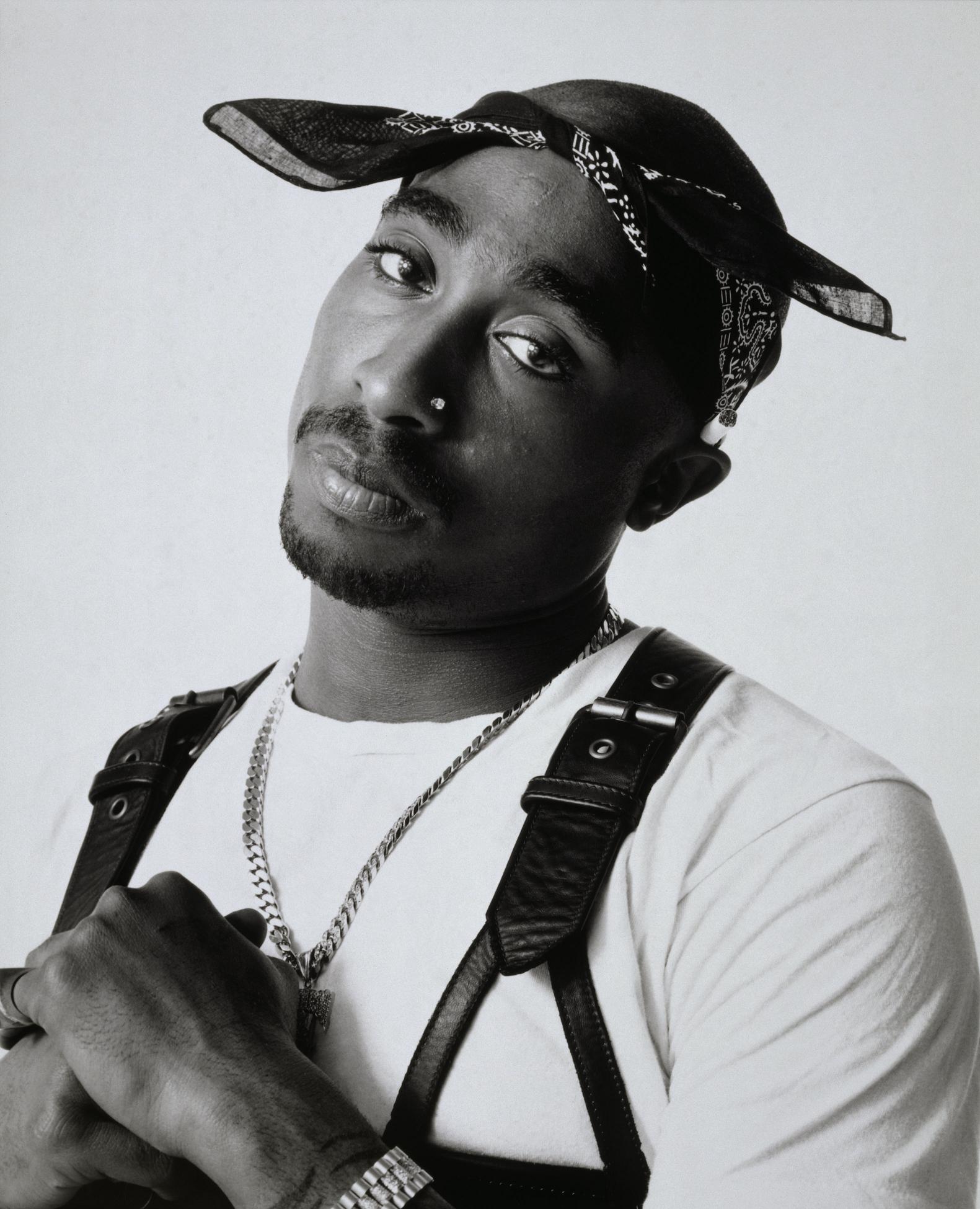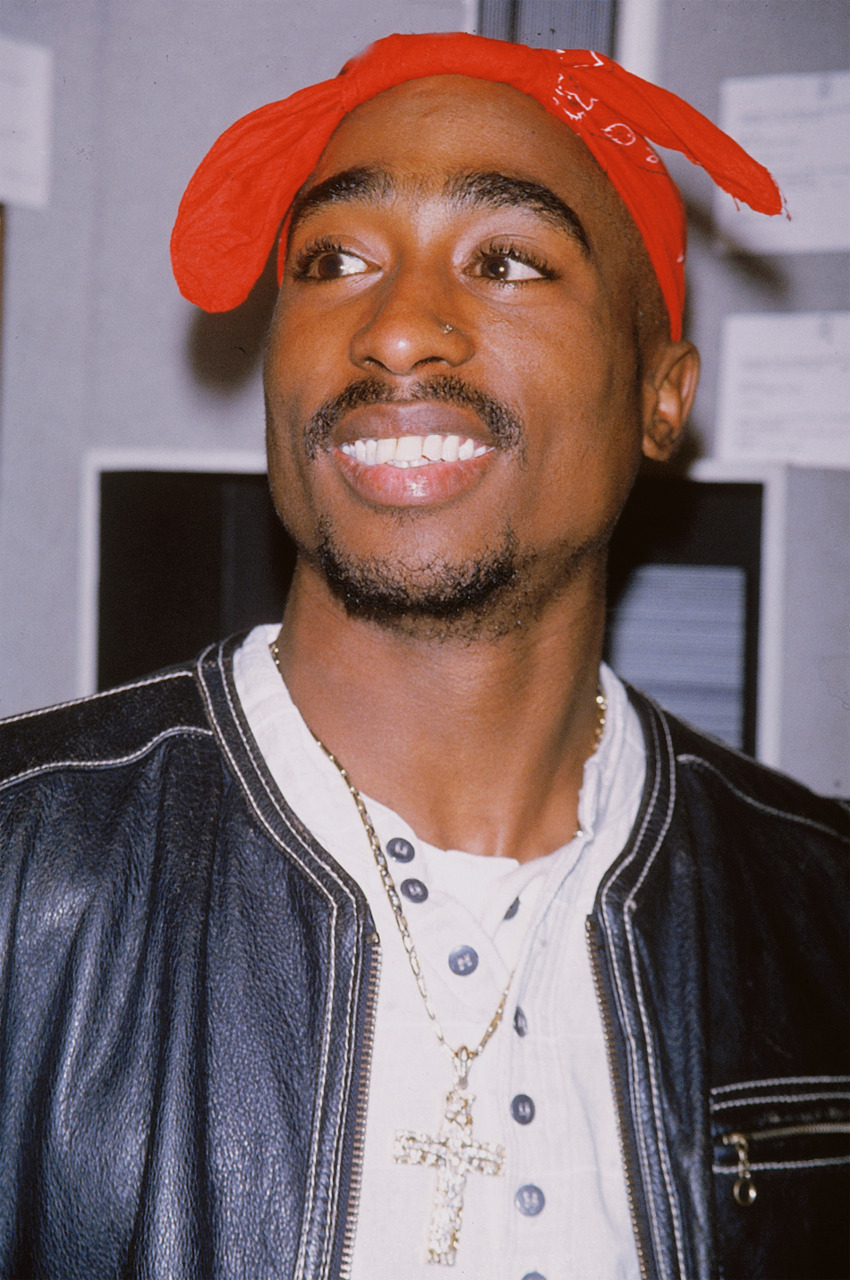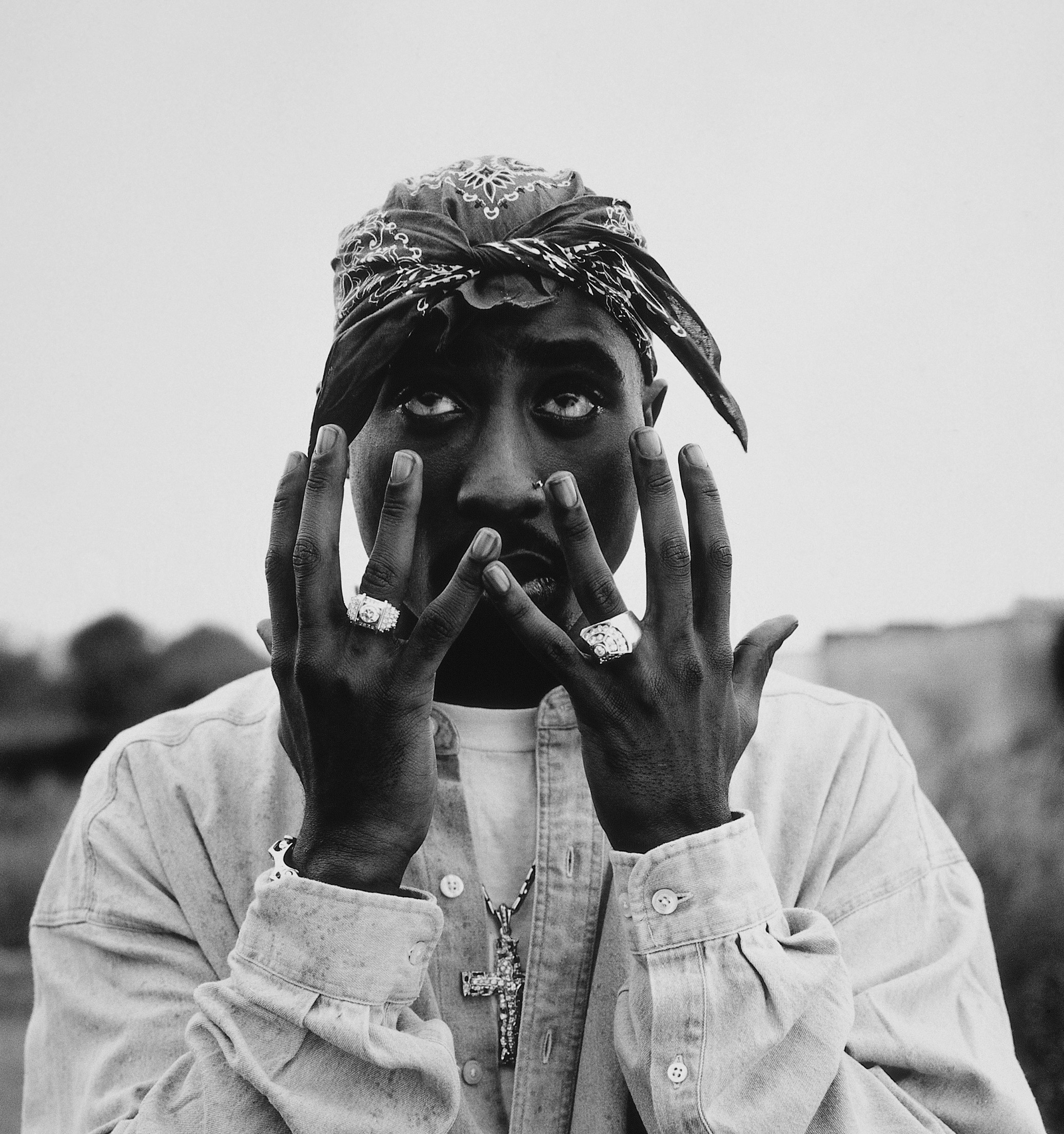AI-Generated Content
This article has been created using advanced AI technology to provide you with informative and engaging content.
AI-Curated Resources:
The thought of a Tupac album cover with P Diddy, even if it is just an idea, stirs up so much conversation among music enthusiasts and those who remember that era. It makes people think about what might have been, or what complex stories such an image could tell. The hip-hop world, you know, has always been full of powerful visuals and deep personal histories. So, when we picture an image like this, it really brings to mind the intense rivalries, the unexpected friendships, and the lasting impact of two very significant figures in the music scene.
This kind of imagery, whether real or imagined, truly captures the imagination. It brings up questions about the connections between artists, the narratives that form around them, and how those stories continue to influence how we see music history. For someone like Tupac Shakur, whose life was, in a way, cut short, every piece of his story, every possible visual, takes on an added layer of significance. It's almost as if people are still trying to piece together the full picture of his journey and his relationships.
Considering a visual like a Tupac album cover with P Diddy, it forces us to reflect on the dynamic period of 90s hip-hop, a time marked by incredible creativity but also, sadly, by deep divisions. Such an image would, in some respects, symbolize both the potential for collaboration and the tragic misunderstandings that, you know, defined that era. It really highlights how much people still think about these artists and the paths their lives took.
Table of Contents
- Tupac Shakur - The Life of a Cultural Force
- How Does the Idea of a Tupac Album Cover with P Diddy Stir Conversation?
- What Made Tupac's Art Speak to So Many People?
- Why Does Tupac's Story Still Captivate Audiences?
- The Enduring Influence of Tupac's Work
- The Ongoing Search for Answers
Tupac Shakur - The Life of a Cultural Force
Tupac Amaru Shakur, someone who truly left his mark, was born on June 16, 1971, in Brooklyn, New York. He became a hugely important American rapper and an actor, too, leaving a big impression on music and popular culture. His journey came to a sad end on September 13, 1996, in Las Vegas, Nevada, when he was just 25 years old. His impact, however, has only seemed to grow over time, making him a figure people still talk about and look up to, really.
His music, which was often quite direct and, you know, sometimes caused a bit of a stir, found its way into the hearts of many listeners. He was known for his honest words, which spoke about things like growing up in tough neighborhoods, social fairness, and personal struggles. These honest expressions earned him a huge following of devoted supporters, but also, as a matter of fact, some people who didn't quite agree with his messages. He was, by all accounts, a person who evoked strong feelings in others, and that's pretty much why his work continues to be so widely discussed.
Tupac's beginnings were rooted in a family with a history of activism. He was the son of Billy Garland and Afeni Shakur, both of whom were involved in social change movements. This background, you know, probably shaped his perspective and the themes he explored in his art. His life was a brief but intense flash, filled with artistic output and, quite frankly, public attention, which is why his story feels so compelling to so many people.
Personal Details and Life Information
| Detail | Information |
|---|---|
| Full Name | Tupac Amaru Shakur |
| Birth Date | June 16, 1971 |
| Birth Place | Brooklyn, New York, U.S. |
| Death Date | September 13, 1996 |
| Death Place | Las Vegas, Nevada |
| Age at Death | 25 years old |
| Cause of Death | Gunshot wounds |
| Occupation | Rapper, Actor |
| Stage Name | 2Pac |
| Parents | Billy Garland, Afeni Shakur |
How Does the Idea of a Tupac Album Cover with P Diddy Stir Conversation?
The very concept of a Tupac album cover with P Diddy is, you know, a powerful thought experiment for anyone interested in hip-hop history. It immediately brings to mind the intense East Coast-West Coast rivalry that was a defining characteristic of the 1990s. If such an image had actually existed, it would have been, arguably, a massive statement, either of unity or perhaps of a deeper, more complex narrative that we might not fully grasp. The sheer visual weight of two such prominent figures standing together on an album cover would have, really, sent shockwaves through the music world, causing people to talk for a long, long time.
This imagined visual also makes us think about the relationships, both public and private, that shaped that era. P Diddy, as a major force on the East Coast, and Tupac, a voice for the West, represented, in a way, different sides of a musical and cultural divide. So, a joint album cover, or even just the notion of it, would have challenged people's perceptions and perhaps even, you know, forced a reconsideration of the narratives that were so firmly established back then. It's pretty fascinating to consider the "what ifs" in such a dramatic period of music history.
The Narrative Power of a Tupac Album Cover with P Diddy
The narrative power of a Tupac album cover with P Diddy comes from its ability to represent a kind of reconciliation or, just as easily, a heightened tension. Depending on the visual details—how they stood, their expressions, the setting—it could tell so many different stories. It could have symbolized a coming together of forces, a bridging of the divide that, in some respects, defined the rap scene. Or, on the other hand, it might have suggested a deeper, more personal conflict, if the imagery had a confrontational feel. This is why, you know, such a hypothetical image holds so much weight; it’s a canvas for interpreting a very complicated past.
People often look for meaning in every piece of an artist's output, and an album cover is, typically, the first visual handshake with the listener. If there were a Tupac album cover with P Diddy, it would become a central piece of the puzzle, influencing how future generations would view their relationship and the broader history of hip-hop. It would be, really, a focal point for discussion, drawing attention to the complexities that existed between these two influential individuals and their respective camps. This kind of visual would, essentially, shape conversations for years to come.
What Made Tupac's Art Speak to So Many People?
Tupac's music had a way of speaking directly to the experiences of many, and that's, in a way, why it connected so deeply. His songs were filled with raw feelings, telling stories about life in the city, dealing with unfairness, and looking for a better future. He didn't shy away from showing his weaknesses or his anger, and this honesty made his words feel very real to his audience. People could hear their own struggles and hopes reflected in his lyrics, which made his art feel incredibly personal and, you know, truly powerful for them.
He was also, basically, a master storyteller. He could paint vivid pictures with his words, making listeners feel like they were right there with him, experiencing everything he described. This ability to create such clear images in people's minds, combined with his passionate delivery, made his music unforgettable. His voice carried a certain kind of weight, a sense of urgency that, really, demanded attention. It's clear that his commitment to speaking his truth, no matter how uncomfortable, was a big part of why his art resonated so widely.
Exploring the Visual Impact of a Hypothetical Tupac Album Cover with P Diddy
Thinking about the visual impact of a hypothetical Tupac album cover with P Diddy, it’s clear it would have been, in some respects, a very striking image. Album covers are, after all, visual declarations, setting the mood and hinting at the content inside. If such a cover existed, it would have been analyzed from every angle: the expressions on their faces, the way they were positioned, the clothing they wore, and the background setting. Every element would have been, you know, picked apart for clues about their relationship or the message of the music. It's almost like a piece of art that tells a story without needing words.
Such an image could have changed how people perceived the dynamics between the East and West Coast hip-hop scenes. It might have suggested a truce, a collaboration, or perhaps even a direct challenge. The power of a single picture to shift public opinion or to deepen a narrative is, really, quite considerable. A Tupac album cover with P Diddy would have been more than just a picture; it would have been a historical artifact, something that, basically, captured a moment in time and influenced countless conversations about two legends and their intertwined stories. It makes you wonder, doesn't it, what kind of conversations it would have sparked?
Why Does Tupac's Story Still Captivate Audiences?
Tupac's story continues to hold people's attention, and that's, in a way, because it's a mix of incredible talent, a life cut short, and an unsolved mystery. He was someone who achieved so much in a short period, creating music that still feels relevant today. His sudden departure left a void, and the circumstances surrounding it have kept people guessing for decades. It's like a puzzle with missing pieces, and people are, you know, still trying to put it all together. This ongoing search for answers, combined with the power of his artistic output, keeps his memory very much alive.
His persona, too, was complex and, arguably, full of contradictions. He was a poet and a rebel, someone who spoke of peace but also, sometimes, of conflict. This multifaceted nature made him a compelling figure, someone who couldn't be easily categorized. People are drawn to stories of individuals who live passionately and leave a lasting mark, especially when their lives end tragically and, basically, remain shrouded in unanswered questions. That's pretty much why his narrative continues to resonate so strongly with new generations discovering his work.
The Lingering Questions Around a Tupac Album Cover with P Diddy
The lingering questions around a Tupac album cover with P Diddy are, in a way, tied to the broader mysteries of that era. Since the provided text doesn't confirm its existence, the questions become about what it would represent if it did. Would it have been a symbol of reconciliation, a sign that the East and West could truly come together? Or would it have been, perhaps, a statement of defiance, a challenge to the established order? These are the kinds of thoughts that, you know, keep people wondering and discussing the "what ifs" of hip-hop history.
The idea of such a cover also brings up questions about the personal relationships between these two figures. Were there moments of camaraderie that the public never saw? Or was the rivalry as deep as it seemed? A visual like a Tupac album cover with P Diddy would force us to consider these underlying connections and disconnections. It’s almost like a historical artifact that, even in its hypothetical form, makes us look deeper into the narratives that shaped a very important time in music. People are, naturally, always looking for hidden meanings and untold stories, and this concept fits that perfectly.
The Enduring Influence of Tupac's Work
Tupac Shakur's artistic output continues to influence countless people, from new artists to everyday listeners, and that's, really, a testament to its power. His words, which often spoke about social unfairness, personal struggles, and the search for a better existence, still resonate deeply today. He had a way of capturing the feelings of a generation, giving voice to those who felt unheard. This ability to connect on such a personal level has meant that his music has been passed down, you know, from one group of listeners to the next, maintaining its relevance over time.
Beyond his music, his presence as a cultural figure also holds significant sway. He was someone who wasn't afraid to speak his mind, to challenge the way things were, and to stand up for his beliefs. This spirit of resistance and rebellion, as author Dean van Nguyen explores in his book 'Words for My,' has made him an icon for political expression. His impact extends beyond the beats and rhymes; it's about the message, the passion, and the unwavering commitment to his truth. That's why, basically, his legacy is so much more than just a collection of songs; it's a continuing source of inspiration for many.
His albums, like 'All Eyez on Me' and 'Me Against the World,' are often seen as benchmarks in hip-hop, full of tracks that are both deeply personal and broadly relatable. They tell stories that are, in some respects, timeless, dealing with themes that people still grapple with today. The depth of his writing, the emotion in his voice, and the sheer volume of his creative output in such a short career are all reasons why his work remains so celebrated. It's pretty clear that his artistic contributions have left an indelible mark on the musical landscape, shaping the sound and direction of hip-hop for years to come.
The Ongoing Search for Answers
The story of Tupac's passing has been, in a way, a source of intense public interest and, frankly, a lingering sorrow for decades. It's been nearly thirty years since he was shot four times in Las Vegas and died on September 13, 1996. For a very long time, the investigation into his unsolved killing seemed to be at a standstill, leaving many people wondering if the full truth would ever come to light. The fact that someone so prominent could be taken in such a manner, and the case remain open for so long, has, you know, only added to the mystique surrounding his life and death.
However, there has been a recent turn of events that has, in some respects, reignited hope for answers. Authorities in Nevada have, as a matter of fact, served a search warrant in connection with the case, signaling a revived effort to find out what really happened. This new twist, coming after almost three decades, shows that the desire for justice and closure for Tupac and his family remains strong. It also highlights how much his story still matters to people, and how much they want to understand the full picture of his life, which was, basically, cut short in such a dramatic way. This ongoing search is, really, a significant part of his enduring narrative.
The renewed investigation brings with it a sense of anticipation, as people hope that new details will emerge that can finally bring clarity to one of hip-hop's most enduring mysteries. The impact of his death was, arguably, immense, leaving a void that has never truly been filled in the music world. So, any movement on the investigation is met with considerable attention, as it speaks to a collective desire to understand the events that led to the loss of such a powerful artistic voice. It's clear that the quest for truth in his story is far from over, and that's pretty much why so many people are still following every development.
This discussion has explored the powerful idea of a Tupac album cover with P Diddy, considering how such an image would
AI-Enhanced Visual Content


